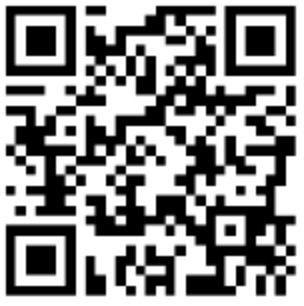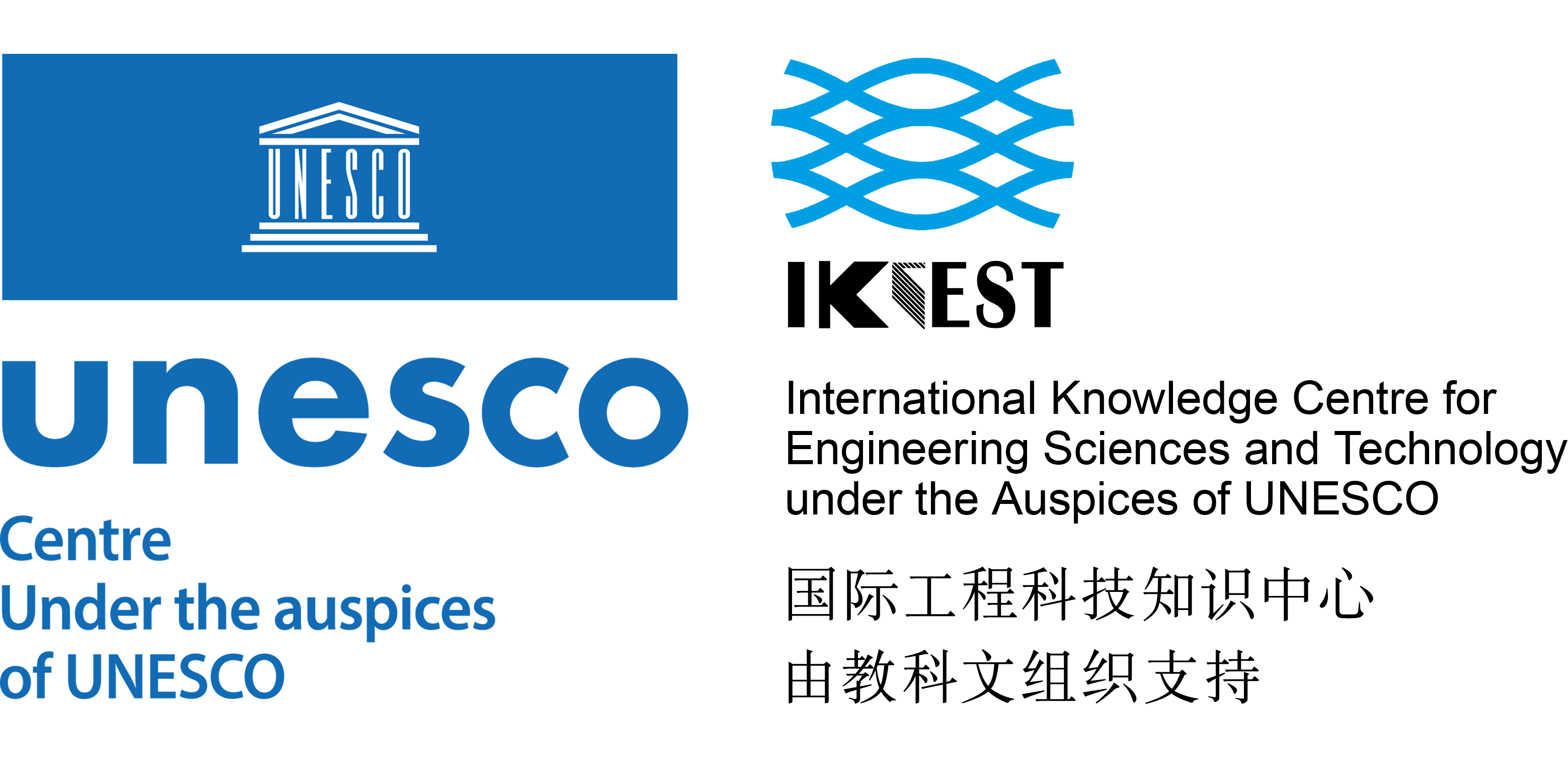Ultrasonics Sonochemistry | Vol.89, Issue. | 2022-09-01 | Pages 106156

The impact of ultrasound-assisted thawing on the bioactive components in juices obtained from blue honeysuckle (Lonicera caerulea L.)
Ultrasound (US) assisted thawing of blue honeysuckle berry was utilized in order to reduce the losses of bioactive components (ascorbic acid, anthocyanins, phenolic acids, iridoids, proanthocyanins) and increase the extraction efficiency during juice processing. It was analysed whether it was more beneficial to apply US (alone or with enzymatic treatment) to the frozen state, until reaching the cryoscopic temperature or thawed state. Both the US and enzymatic treatment significantly increased the extraction efficiency, extract content, acidity and the content of iridoids and chlorogenic acid in juices, especially if the US was applied to 50 °C. It was probably due to a higher extractivity by the greater damage of the tissue and detexturation. Enzymatic treatment due to long heating contributed to a higher degradation of anthocyanins, ascorbic acid and proanthocyanidins, which are more heat-sensitive. The results of the study mainly indicated the possibility of including ultrasound-assisted thawing in the fruit processing before pressing the juices. This may replace costly enzymatic treatment.
Original Text (This is the original text for your reference.)
The impact of ultrasound-assisted thawing on the bioactive components in juices obtained from blue honeysuckle (Lonicera caerulea L.)
Ultrasound (US) assisted thawing of blue honeysuckle berry was utilized in order to reduce the losses of bioactive components (ascorbic acid, anthocyanins, phenolic acids, iridoids, proanthocyanins) and increase the extraction efficiency during juice processing. It was analysed whether it was more beneficial to apply US (alone or with enzymatic treatment) to the frozen state, until reaching the cryoscopic temperature or thawed state. Both the US and enzymatic treatment significantly increased the extraction efficiency, extract content, acidity and the content of iridoids and chlorogenic acid in juices, especially if the US was applied to 50 °C. It was probably due to a higher extractivity by the greater damage of the tissue and detexturation. Enzymatic treatment due to long heating contributed to a higher degradation of anthocyanins, ascorbic acid and proanthocyanidins, which are more heat-sensitive. The results of the study mainly indicated the possibility of including ultrasound-assisted thawing in the fruit processing before pressing the juices. This may replace costly enzymatic treatment.
+More
Translate engine




Article's language
Action
Recommended articles
Report
Select your report category*
Reason*
New sign-in location:
Last sign-in location:
Last sign-in date:








 User Center
User Center My Training Class
My Training Class Feedback
Feedback







